My Review Of The Fuji X-T2: The Ultimate 4K Mirrorless For Narrative Filmmakers
A couple of months ago I picked up the Fuji X-T2 to round off my current lineup of cameras which was sorely lacking in the DSLR/Mirrorless category…
After selling my Lumix GH4 back in 2015 and “upgrading” to a Sony A7S II – which I also sold not long after due to issues with it’s color science – I was left with a gap in my camera bag.
I found myself owning cameras such as the URSA Mini Pro which covered my larger narrative and commercial projects, and cameras like the Leica Typ 109 really tiny shoots… But I didn’t have any interchangeable lens mirrorless/DSLR option for those mid level projects that called for a camera that could deliver beautiful quality footage with a minimal footprint.
I had been keeping my eye on the market for a while, and knew that ultimately my decision would come down to the Lumix GH5 and the Fuji X-T2. Both are excellent cameras, and while the GH5 is likely a better option for many filmmakers, based on my unique needs I chose to go with the X-T2.
The only other Fuji I have ever owned is the X100T, which is a gorgeous stills camera that severely lacks in the video department… With that in mind, I knew there was a possibility the X-T2 would let me down when it came to it’s video capabilities, but decided to take a gamble on the camera as I truly believe in Fuji’s color science and was impressed by the test footage I had seen online.
Having now shot with the camera quite extensively, I’m very happy with my choice.
While the X-T2 is not perfect in every way (no camera ever will be), there’s no question that it’s one of the best choices for low-budget narrative filmmakers looking to benefit from the DSLR form factor.
I expand on this and much more in my full review below…
Let’s jump in –
BUILD QUALITY & FUNCTIONALITY
One of the first things I look for in any piece of gear is build quality. This is especially true when it comes to camera equipment. Gear is meant to be used, and a camera that shoots well but isn’t designed to stand up to real shooting conditions is not a camera I’ll feel that I can trust on a critical production.
Fortunately, the X-T2 truly excels in this department. The body, while relatively small (at least by DSLR standards), feels strong and robust, and is even weather sealed. Perhaps more impressively though, are all of the manual controls on the camera body.
For instance, the shutter speed and ISO can both be controlled and locked in using physical wheels at the top of the camera. This allows for quick and easy exposure tweaks on the fly, and can be a lifesaver under certain shooting conditions.
The body also features two SD card slots, which is one of my favorite little perks of the X-T2.
Although dual card slots are not necessarily an essential feature, they are an excellent luxury to have and allow you to focus on one less thing (swapping cards) while rolling.
The opposite side of the camera body has a mic/headphone jack, a micro HDMI port, and a full size USB 3 connection, which can be used to both charge the camera and download files. No complaints here, although if I’m going to nit pick, a full size HDMI port would have been preferable…
The 3” LCD screen pulls out and swivels up and down, but not side to side. I actually haven’t found this to be problematic, despite the fact that I am used to DSLRs with more of a full rotation/flipping capabilities when it comes to LCD screens.
I find myself using the EVF far more than the LCD, even when shooting indoors… This isn’t because the LCD is sub par, but rather because the EVF is just so good. The colors are vivid, the resolution is crisp, and the image being displayed is an accurate representation of the recorded file.
All things considered, the X-T2 is undeniably well constructed and is clear designed purposefully. It’s a pleasure to shoot with.
MENU SYSTEM
The menu system on the camera is quite straightforward and relatively intuitive to use. That said, I don’t rely on it much while shooting, as the physical dials on the camera and lens (including the manual aperture ring on my 35mm lens), allow me to adjust most of my critical settings without stepping into the menu at all.
When I do need menu access, I try to use the quick menu whenever possible (which is activated using it’s dedicated button on the back of the camera), since that’s usually the fastest way for me to get where I need to go.
The regular menu system is of course slower to navigate when compared to the quick menu or manual dials, but is otherwise fine to work with. My only real complaint with it is that the wi-fi setting by default is buried fairly deep in the menu, but this is really a minor issue in the grand scheme of things.
RECORDING OPTIONS
As is standard with most DSLRs and mirrorless cameras today, the Fuji X-T2 has the ability to record 4K internally, which is a big selling feature. While 4K is certainly not the be all end all (I would happily still take 1080p footage from an Alexa classic over most other cameras!), it is a nice feature to have and something most of us have come to expect on cameras released in this day and age.
The 4K recording on the X-T2 is UHD (not DCI), meaning the resolution is 3840 x 2160, or 16:9. It will record UHD in 23.98, 24, 25, or 29.97 frames per second, each at a bit rate of 100 Mbps.
In 1080p, the camera uses the same 100 Mbps bit rate, but can record up to 60p, which looks absolutely beautiful when slowed down. Here is a little sample clip of some raw footage from the X-T2, shot handheld at 60p with the Astia Soft film emulation, and slowed down to 40% in post –
In 720p, you have the same recording options as 1080p, although the camera will record at a lower bitrate of 50 Mbps. There is no ultra slow motion option in 720p, so really the only reason to shoot in 720p is if you are in desperate need of card space.
BATTERY LIFE
On a scale of 1 to 10, I’ll give the Fuji X-T2 a 6 with regards to battery life. It’s not awful, but certainly not something to write home about.
Under normal shooting circumstances – recording 4K internally and powering the camera down in between takes and setups – I’ll typically get about 2 hours from a stock Fuji battery. This is certainly workable, and a step up from what I had come to expect from Sony’s batteries on the A7S II, but it’s nowhere near the battery life I was used to on the GH4.
That said, the X-T2 does have an optional battery grip, which of course will extend the camera’s battery life significantly. If I were to shoot any larger scale projects on this camera, particularly anything where the schedule is highly demanding, I would definitely opt to bring along a battery grip.
IMAGE QUALITY AND DYNAMIC RANGE
Unsurprisingly, the bread and butter of this camera is it’s image quality… That’s ultimately why I bought it!
While the X-T2 lacks some video features found on it’s competitors (more on that below), it makes up for any shortcomings by delivering some of the most beautiful images on the market.
I haven’t shot any test charts with this camera as I prefer to make my judgments on cameras based on how they perform in the field… That said, based on real world shooting experience, I would estimate the dynamic range of the X-T2 to be in the 12 – 13 stop range, which is very strong.
In order to get the most DR out of the camera, I have generally found that protecting the highlights and lifting up the shadows 1 – 2 stops in post is the way to go. The highlight rolloff is very organic on this camera, but if you want to retain detail in the highlights it seems to be best to slightly underexpose.
Shooting in F-Log or with certain film emulation settings will also help you squeeze the most DR possible out of the camera. We’ll touch on this in more detail in the next section.
The X-T2 has excellent color science. It’s so good that I would argue that it beats out every one it’s competitors in this department…
Lumix’s color science has come a long way over the years, but in my opinion Fuji still has them beat by a long shot… Sony’s color science is by far the weakest of the other major brands (at least to my eye), and Canon sits right up at the top with Fuji. Both Canon and Fuji are capable of rendering gorgeous colors, but subjectively I still prefer the Fuji look.
Below are a few screen grabs from some recent test footage I shot with the X-T2. These shots were a mix of 4K and 1080p (all recorded internally), and they were mostly shot with the Classic Chrome or Astia Soft film emulation modes –
The X-T2’s colors are very film-like, and the built in film simulations (picture profiles) open up a lot of creative possibilities in-camera.
Below is a quick test video in which I compare identical shots from the X-T2, each captured with one of the film simulations: Provia, Velvia, Astia, Classic Chrome, Pro Neg. Hi, Pro Neg. Std, Acros, Monochrome, and Sepia.
My personal favorite profiles are Classic Chrome and Astia, both of which are highly adaptable and work beautifully on portraits, landscapes, and any number of scenes.
In the future, I plan to release a separate article that will outline some of my optimal settings – both in camera and in post – to enhance these two film simulation modes, so be sure to stay tuned for that.
With regards to resolution, clarity, and motion cadence, the X-T2 is absolutely superb. It delivers detailed images that are clear and crisp without being overly sharp, and it handles panning shots and other motion very well, with less motion judder/artifacts in 24p than what I have come to expect from many other cameras.
I also love the fact that the X-T2 has a Super 35mm (APS-C) sensor, which is my personal favorite sensor size for narrative filmmaking. Smaller sensor sizes (such as MFT) and larger sensors (Full Frame) offer many benefits of their own, but I’ve always found Super 35mm to be the perfect middle ground. S35 gives you more shallow DOF than Micro Four Thirds, but doesn’t limit your lens choices the way that Full Frame does. Not to mention, the Super 35 field of view is the most true to traditional motion pictures.
F-LOG
The X-T2 is capable of recording in Log color space using it’s F-Log setting, however it can only do so via HDMI to external recorder. I’m not sure if this will change in the future with a firmware update, but I’m also not hugely surprised that Fuji has opted to go this route.
From my experience shooting and grading internal Log footage from other DSLRs/Mirrorless cameras such as the GH4 and A7S II, it can be very hard to work with – particularly in post as you bring the image out of the Log color space.
Internally, the X-T2 records in 8 bit at 4:2:0, which is perfectly fine for most applications, but can pose issues for Log footage which typically calls for at least 4:2:2. For this reason (I would assume), Fuji has opted to limit their Log record to external use only, since the X-T2 can output an 8bit 4:2:2 signal which is far more suitable for Log recording.
There is no 10bit option available, but from my experience so far this has never been an issue and the 8bit 4:2:2 externally has been perfectly fine.
Below is a quick comparison video showing some externally recorded 4K F-Log footage and internally recorded 4K using Astia Soft film emulation. This clip includes graded and ungraded shots for each camera, making it quite apparent that the F-Log material not only has more dynamic range, but also has more detail thanks to the ProRes HQ codec –
LOW LIGHT
The standard (non-expanded) ISO range on the X-T2 is 200 – 12,800, which is more than enough for virtually any narrative shooting scenario.
Generally, I find the X-T2 handles low light extremely well – particularly up to ISO 3200 which shows very little noise at all. Even at 6400 the images are quite clean, although I personally don’t like to shoot above 3200 on any camera, regardless of how clean the images may be…
No matter what you’re shooting on, you lose color information and dynamic range as you increase your ISO, so as a general rule of thumb I try to keep my ISO as close to the base as possible. That said, in a pinch I would certainly consider shooting above 3200 on the X-T2. While I’m certain an A7S II (or other full frame DSLRs) will perform better under no-light circumstances, the X-T2 has no problems with low light scenarios provided you don’t push it to the extremes.
OTHER FEATURES & CONSIDERATIONS
The Fuji X-T2 is packed with lots of other great features and capabilities, and we’ve really just scratched the surface so far. Video-driven features like focus peaking are essential for those of us shooting as single operators, and overall it really feels like Fuji have designed this camera with the filmmaker in mind.
That said, there are a few features not included on the X-T2 that I would have liked to have seen. For instance, the camera doesn’t have the ability to display zebra stripes, which can pose challenges for those of use who rely on them for quick exposure changes… F-Log recording is great, but it is only available externally and you can’t simultaneously record to the SD cards. The X-T2 also doesn’t have in-body stabilization, which has recently become one of the hottest new features available on DSLRs and mirrorless cameras today..
All that said, none of these considerations are deal breakers for me. As I said at the top of this review, no camera is perfect, and no camera can do it all… Every camera purchase will always call for you to sacrifice some quality, feature, or capability to gain some other benefit, so it really just comes down to prioritizing your needs as a filmmaker. For many of us, the features the X-T2 lacks are a small price to pay for all of the benefits it offers.
WHO IS IT FOR?
As a narrative filmmaker myself, I was drawn to this camera largely based on it’s abilities to capture filmic looking images. As such, I would highly recommend the X-T2 for any visually inclined filmmaker working on films, commercials, or other scripted content – especially those that need to keep a small footprint.
While I can also see documentary filmmakers using this camera, it may be the less obvious choice due to it’s slightly more limited low light capabilities (when compared to the A7S II), the lack of in body stabilization, and the shorter battery life (compared to the GH5).
That said, for documentary filmmakers that do want to benefit from the X-T2’s tremendous color science and tactile controls, it can easily be adapted to work under run and gun conditions. For instance, Fuji offers stabilized lenses that solve the issue of needing internal IS, and the optional battery grip can be added to increase shooting time.
There have never been so many incredible camera options available to filmmakers in this budget range, and we are fortunate as filmmakers to be able to choose between so many great tools. The X-T2 isn’t going to be the right camera for everyone, but for many of us in the narrative space, and even some of us in the documentary world, it just may be the best option on the market today.
Support us by shopping at Amazon. Thanks.
[easyazon_link identifier=”B01I3LNMAM” locale=”US” tag=”mhmedia07-20″]Fujifilm X-T2[/easyazon_link] [easyazon_link identifier=”B016S28I4S” locale=”US” tag=”mhmedia07-20″]Fuji XF35mmF2[/easyazon_link]JOIN OUR FACEBOOK GROUP

Noam Kroll is an award-winning Los Angeles based filmmaker, and the founder of the boutique production house, Creative Rebellion. His work can be seen at international film festivals, on network television, and in various publications across the globe. Follow Noam on social media using the links below for more content like this!

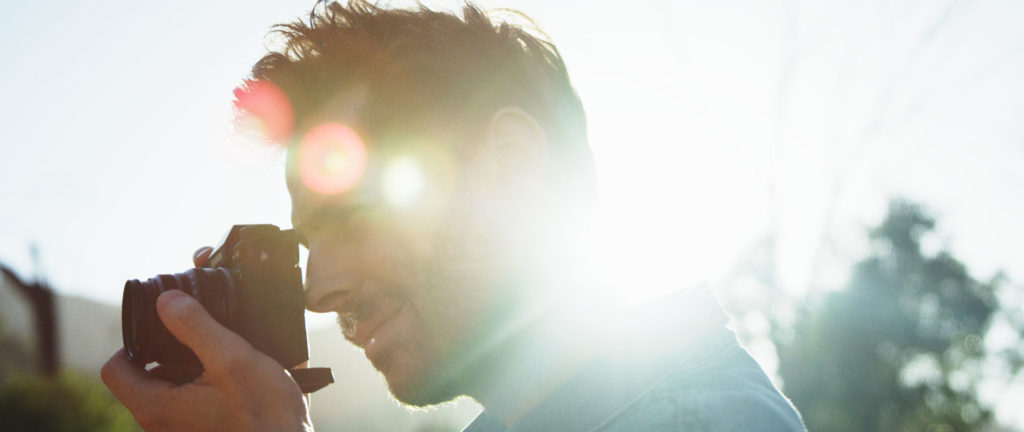

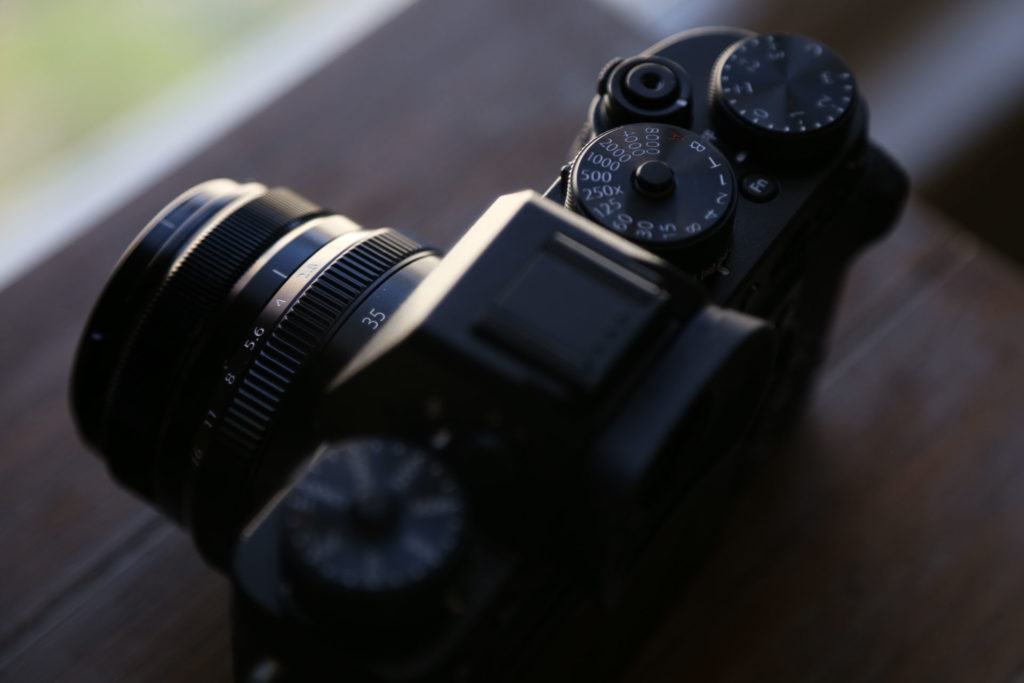
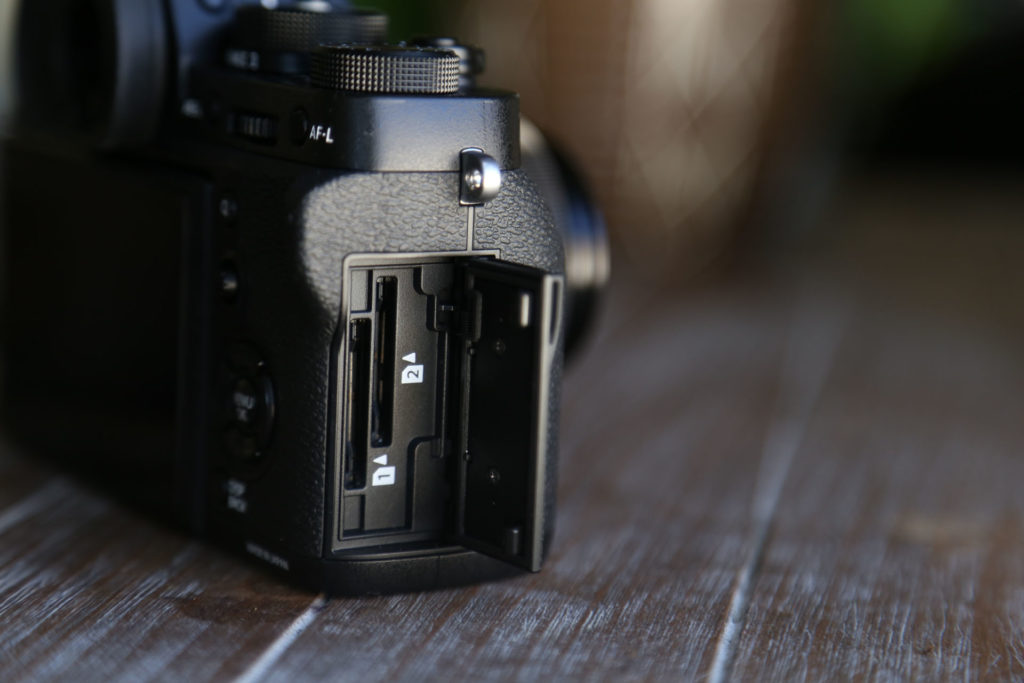
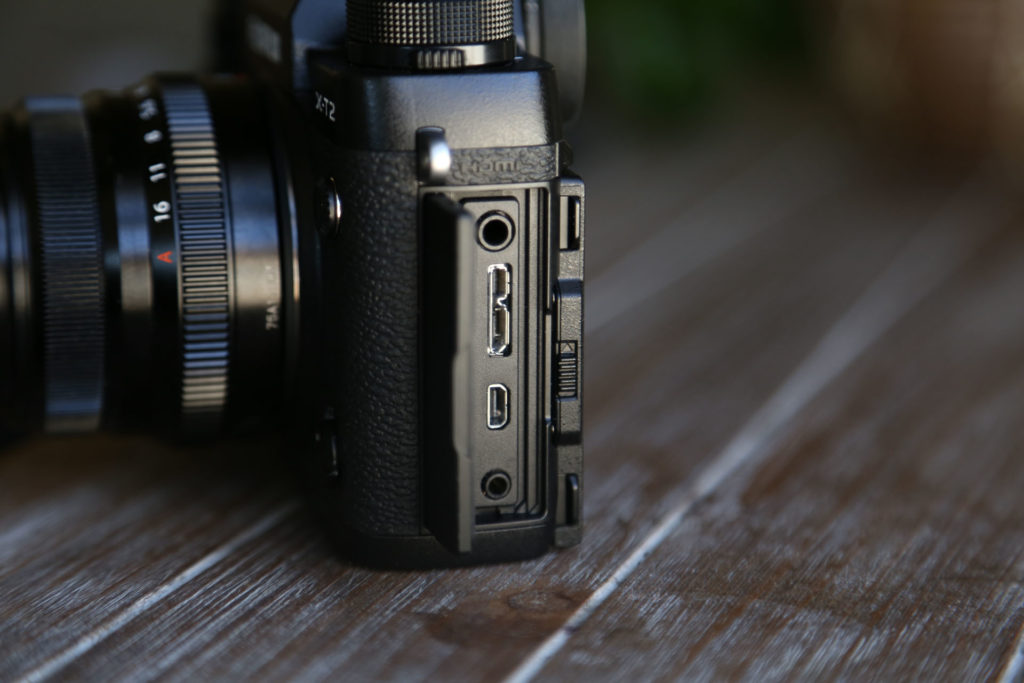


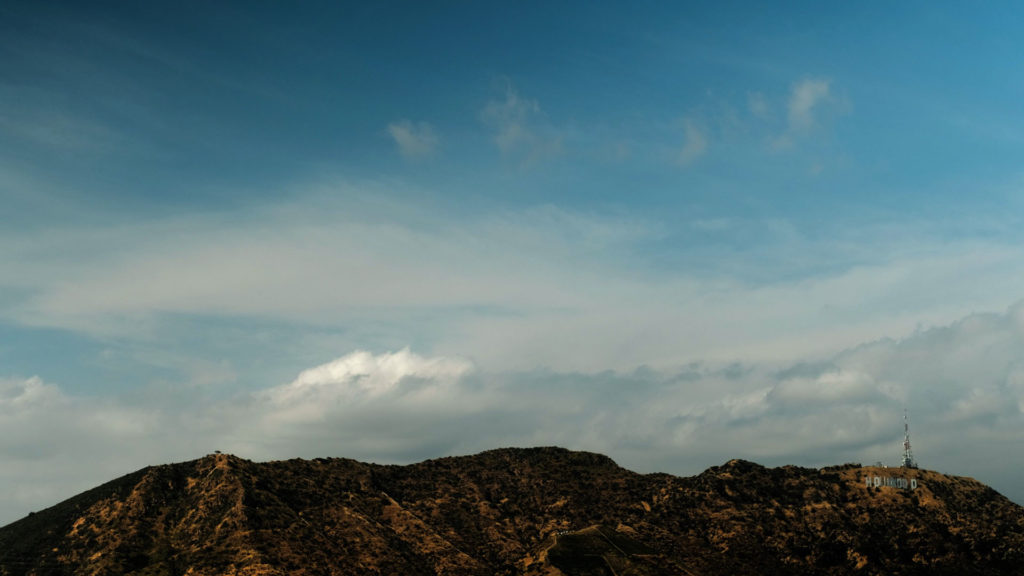
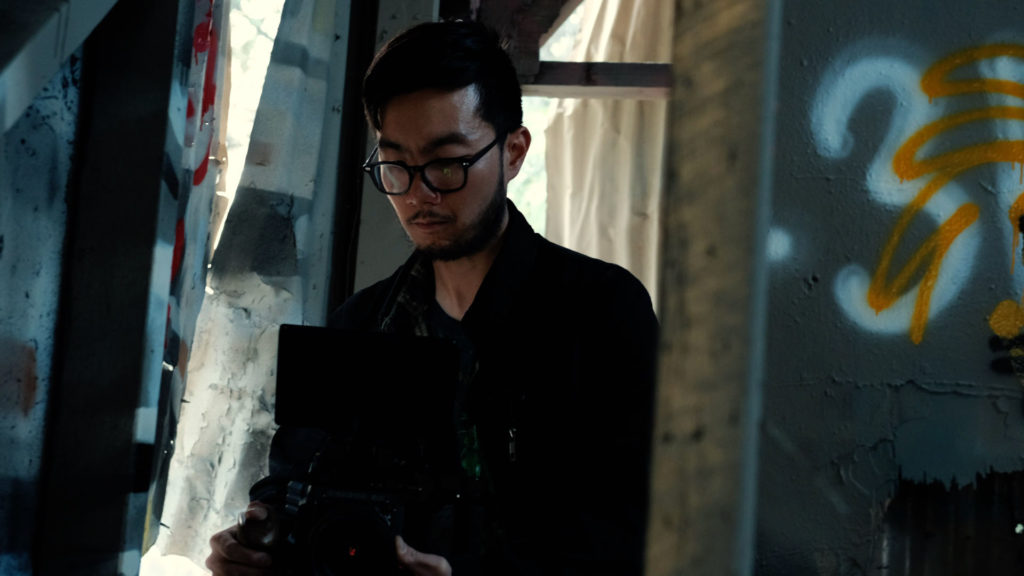
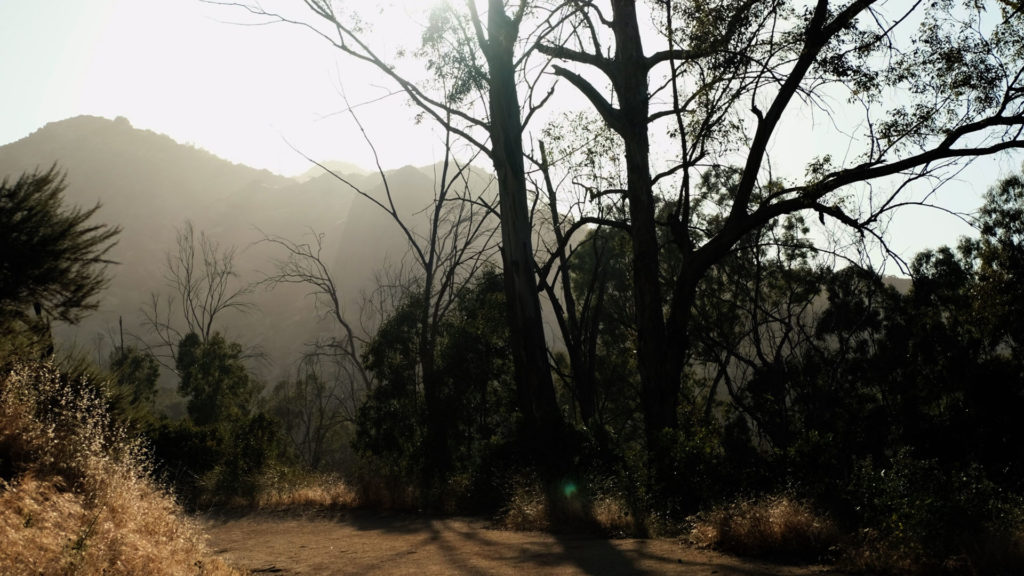
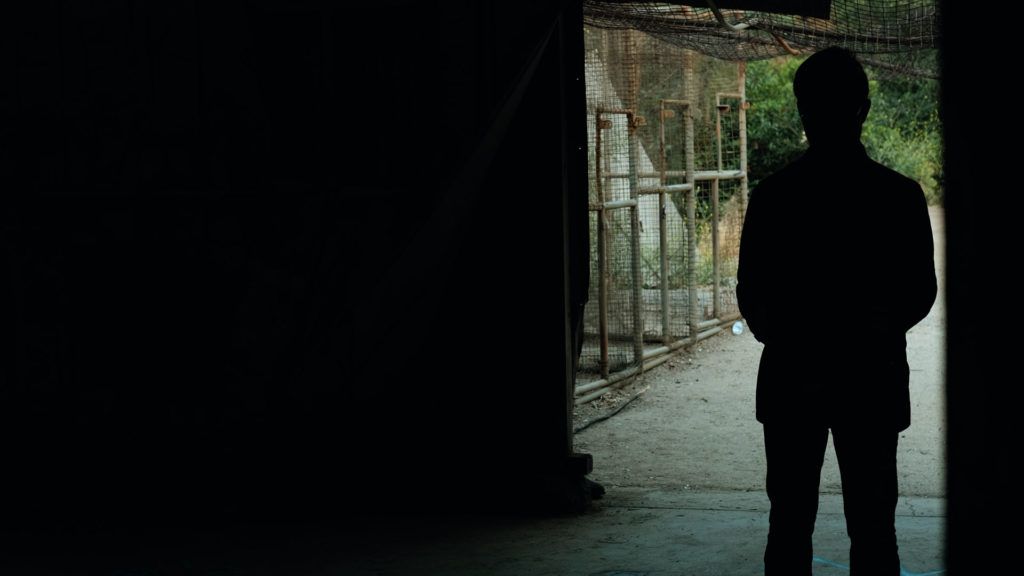
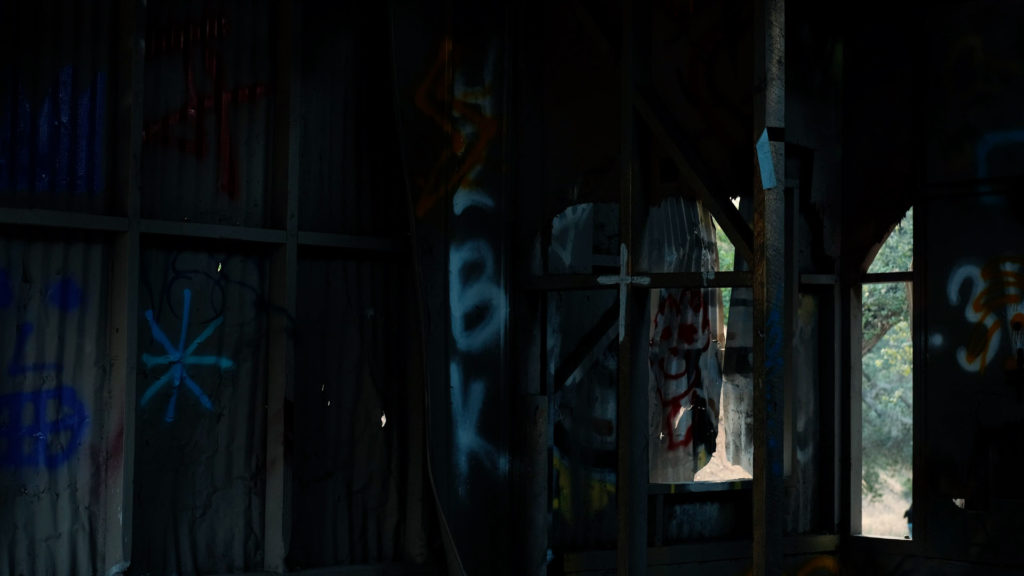
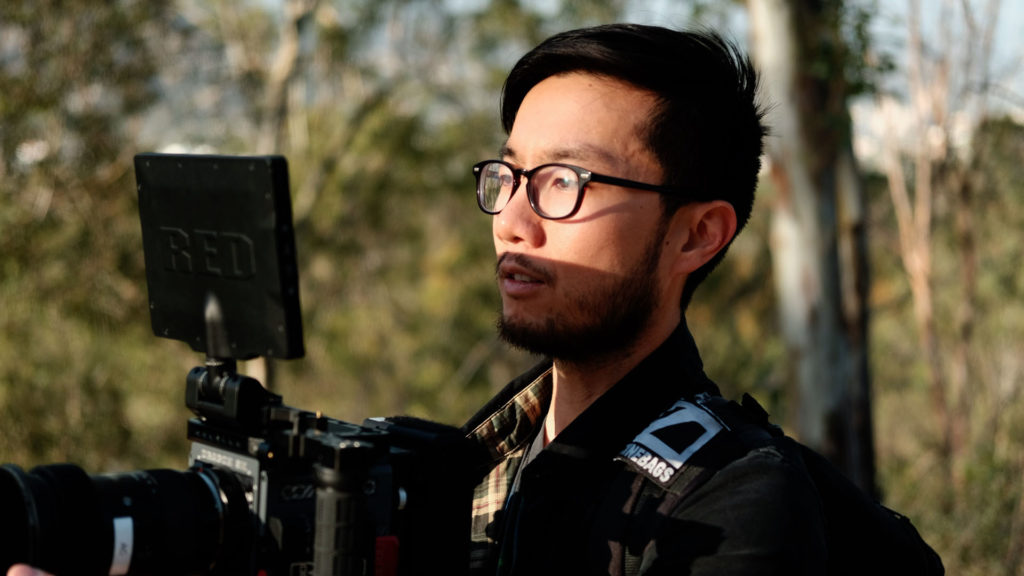
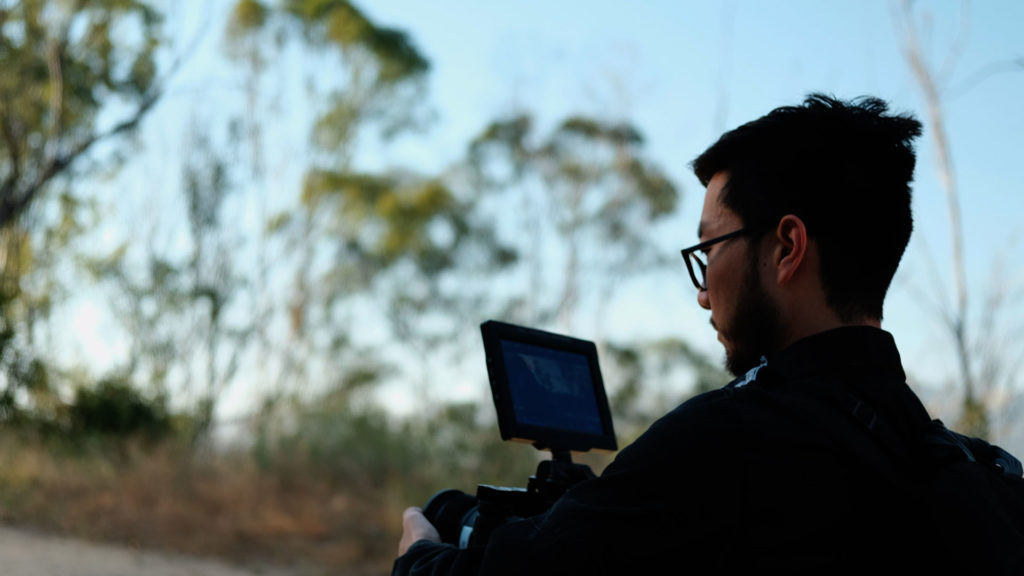
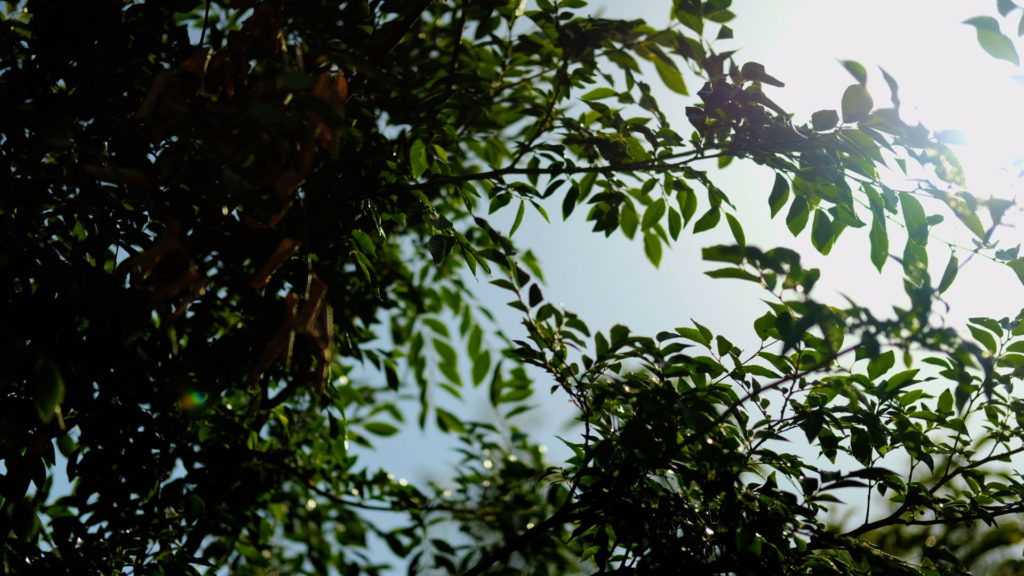
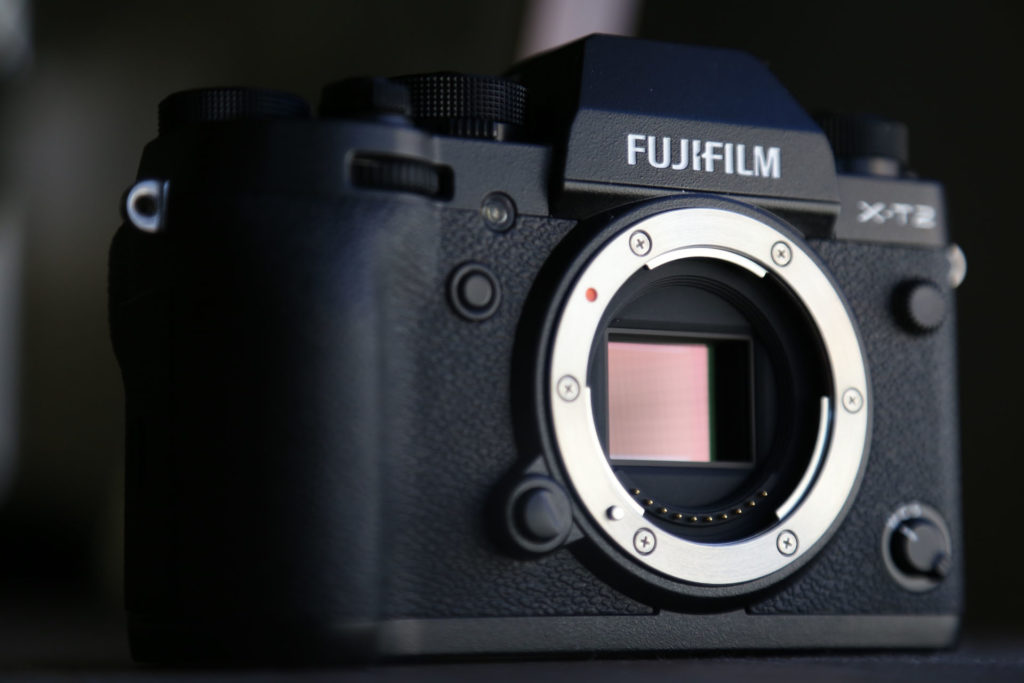

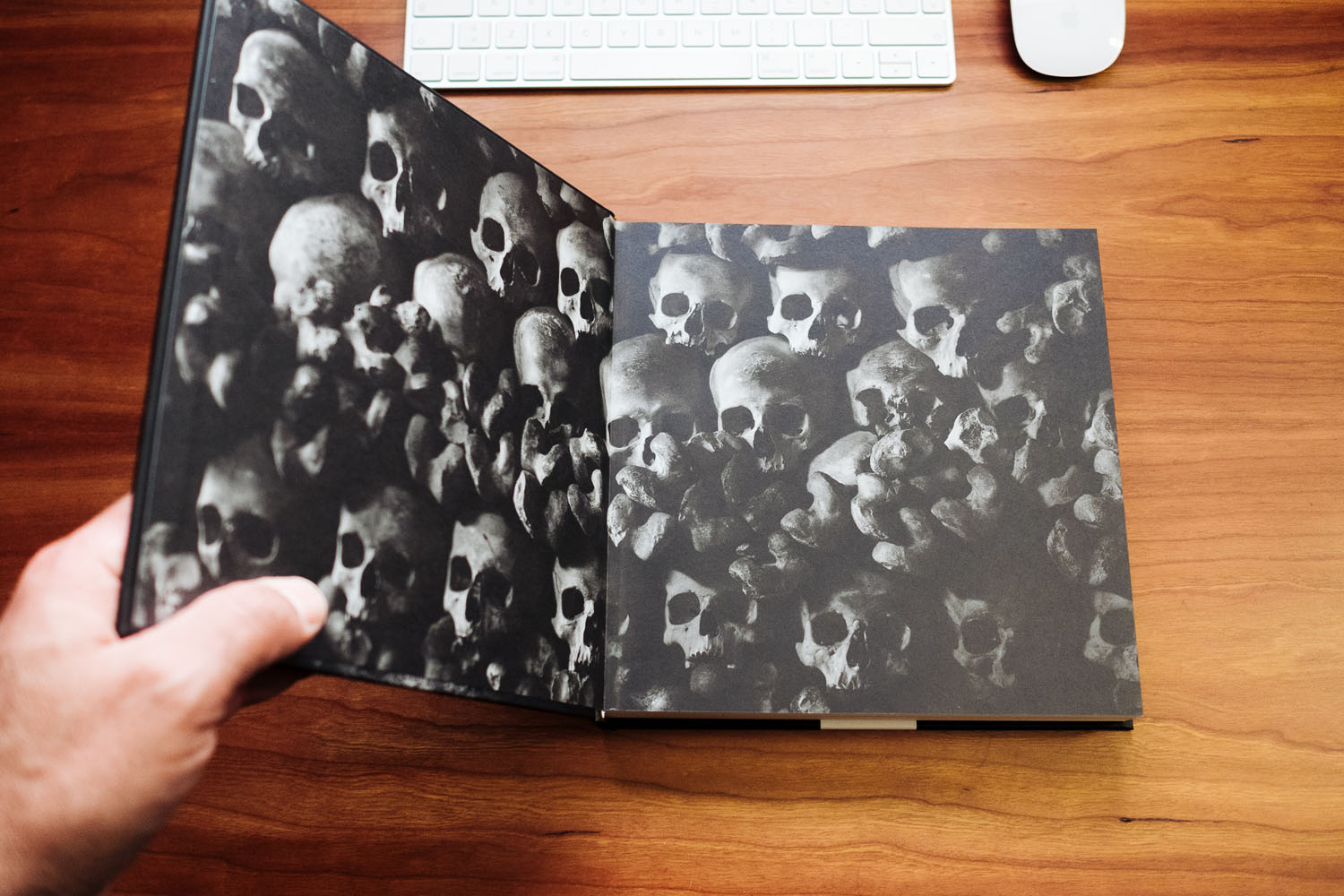

Martin Treacy
February 4, 2018 @ 1:18 am
Excellent review, from a reviewer whose opinions I greatly respect. I agree about the outstanding Fujifilm colour science – really a very strong point, and for myself (as with Noam) this is number one in my priorities.
Just one tiny correction – the review says the X-T2 has a headphone jack – it does, but only on the optional battery grip. Doesn’t have one (I believe) on the camera itself. Though as most videographers will probably end up using the battery grip, it is not a big deal.
I’m looking forward to Noam’s intended article on the settings he uses for video.